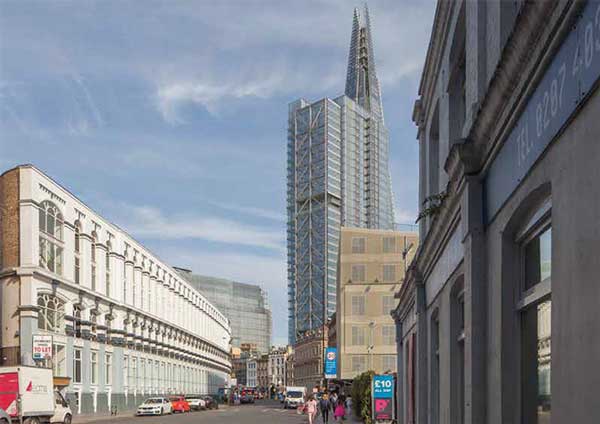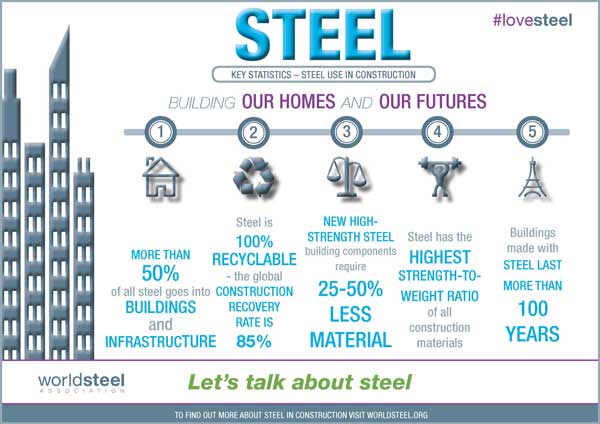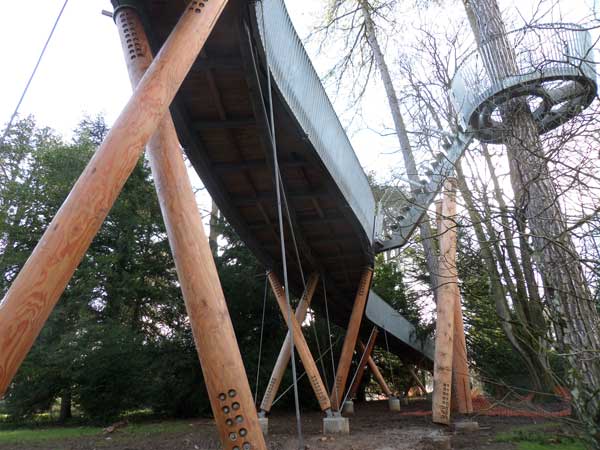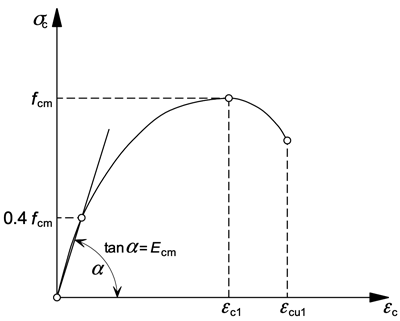Projects and Features
Steel and the circular economy
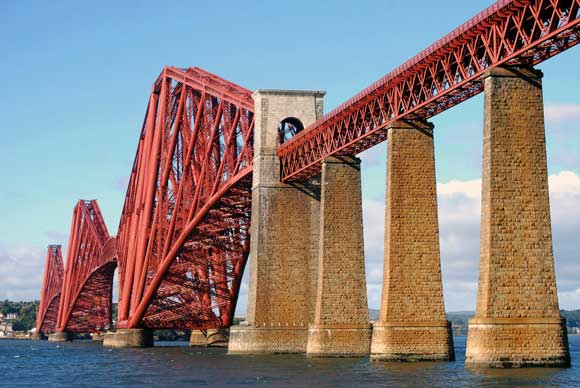
A durable steel structure – The Forth Rail Bridge (1890)
All steel construction products are inherently recyclable but structural steel elements are also inherently reusable. These and many other attributes of steelwork are becoming increasingly significant in the context of the evolving circular economy.
A circular economy is an alternative to a traditional linear economy (often described as a take, make, use, dispose economy) in which we keep resources in use for as long as possible, extracting the maximum value from them while in use, and then recover and regenerate products and materials at the end of each service life through recycling and reuse.
Within the context of the circular economy it is important to understand the difference between reuse and recycling.
- Recycling is the process of converting waste materials into completely new materials and products, which generally requires energy.
- Reuse is the subsequent use of an object in its original form after its first life with only minor alterations.
It is also important to differentiate between different types of recycling since the circular economy benefit can vary significantly:
- True or closed-loop recycling in which products are recycled into products with exactly the same material properties. An example of true recycling is re-melting steel.
- Downcycling which describes the process of converting materials into new materials of lesser quality and reduced functionality. Examples of downcycling in construction include crushing concrete to produce aggregates for fill and chipping timber to produce chipboard, etc.
Benefits of the circular economy
Steel has excellent circular economy credentials both as a material which is strong, durable, versatile and recyclable and, as a structural framing system, which is lightweight, flexible, adaptable and reusable. Steel’s combination of strength, recyclability, availability, versatility and affordability makes it unique.
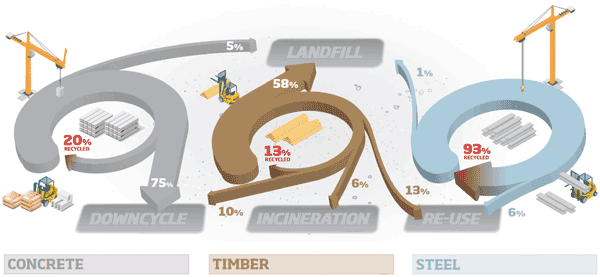
Current end-of-life scenarios for structural concrete, timber and steel
A circular economy promotes long product lives. Maintaining products at their highest utility and value for as long as possible, is a key component of the circular economy. Put simply, the longer a product lasts the less raw materials will need to be sourced and processed and less waste generated.
Properly designed and, where appropriate, properly protected steel structures provide long-term durability. Buildings like the National Liberal Club in London (1887) and structures like the Forth Rail Bridge (1890) demonstrate the longevity of steel buildings and structures.
Steel-framed buildings are among the most adaptable and flexible assets a business can invest in. The steel frame itself can be easily adapted, with parts added or taken away, and its light weight means that extra floors can often be added without overloading existing foundations.
Steel structures are commonly used to renovate buildings for example behind retained façades. In this way the historic value, character and resources of the façade are retained and the building structure can be reconfigured to create open, flexible internal space that meets modern client requirements and maximises net lettable floor area.
Steel is strong and has a good strength-to-weight ratio. Compared to other commonly used structural materials, steel buildings are lightweight meaning that significantly fewer materials are required to construct them.
Steel’s two key components are iron ore, one of Earth’s most abundant elements, and recycled (scrap) steel. Once steel is produced (from iron ore) it becomes a permanent resource for society; as long as it is recovered at the end of each product life cycle, because it is 100% recyclable without loss of quality.
In theory, all new steel could be made from recycled steel. However, this is not currently possible because global demand for steel exceeds the supply of scrap. This imbalance is due to steel’s global popularity and its durability; meaning that an estimated 75% of steel products ever made are still in use today.
Steel products in-use today all contain a proportion of recycled steel from previous incarnations; this can be one or many previous uses. Originally this ‘recycled’ steel was produced from iron ore and therefore how the initial impacts of primary production are shared over subsequent uses of the same material is an important question in quantifying its whole life environmental impacts.
Reuse and remanufacture
Reusing simple, low-rise structures such as portal frames, is relatively common particularly in the agricultural sector. Larger, whole building reuse is less common but there are some examples where this has worked well. One such example is the International Aviation Academy, Norwich, where an historic steel-framed hangar is being refurbished into a new academy specialising in education and skills in aviation.
Component, i.e. beam or column, reuse is currently relatively rare but there are very real prospects of this changing soon. BIM technologies overcome several of the barriers to steel reuse by providing certainty about material properties, traceability and provenance and eliminating the need for testing. Looking ahead therefore, structural steel (BIM) models offer a cost-effective means of enabling future reuse.
The ability to reuse building components is, to a large extent, dependent on how buildings have been constructed in the first place. Although designers routinely consider the constructability of buildings, historically little thought is given to their deconstruction and how elements and components could be reclaimed and reused.
At its simplest level, there are two main considerations:
- The types of materials and components used; some products, like structural steel, are inherently more reusable than other structural materials and systems.
- The way the materials and components are put together (thus able to be taken apart) and deconstructed.
What next for steel and the circular economy?
The circular economy is an important, evolving agenda. However, the need to move towards a more circular economy is not in doubt nor are the potential economic opportunities.
Steel, both as a material and a structural framing system, already has excellent circular economy credentials, inherent attributes that cannot be matched by competing structural materials. Structural steel also has the advantage that it can go further and deliver truly circular demountable and reusable buildings.
New legislation, technical developments and different business models are required to realise these opportunities but the steel sector is ready and working, in partnership with its supply chain, to deliver the circular economy.
Further details on steel and the circular economy are available at: http://www.steelconstruction.info/Steel_and_the_circular_economy
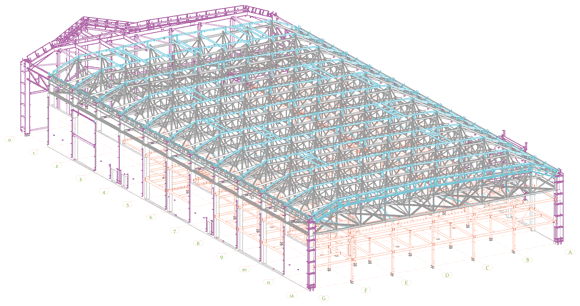
Model of steelwork;
Grey: Existing roof steelwork
Blue: New roof steelwork
Purple: New feature and elevation steelwork
Orange: New mezzanine and classroom roof steelwork








